I know it feels like summer has already arrived with this heat wave we are in, and the first day of June marked meteorological summer. But astronomical summer starts for the northern hemisphere on Thursday, June 20, at 4:51 p.m. EDT.
Known as the summer solstice, the astronomical end of spring and start of summer, this will be the day with the longest period of sunlight (14 hours, 53 minutes, 42.5 seconds). It is the longest day of the year for us and marks the beginning of winter for the southern hemisphere.
If you watched the sun rise every day along the eastern horizon throughout the year, you would see it move daily. On the summer solstice, the sun has reached its farthest point northward on the horizon and its highest point in the sky at noon for your latitude. The very next day, the sun begins to move to the South along the horizon and lower in the sky at noon.
In the southern hemisphere June 20 marks the winter solstice, where the sun is at its lowest in the sky and farthest South on the eastern horizon and starts northward and higher each day.
The first full moon of summer, the full Strawberry Moon, occurs Friday at 9:08 p.m.
With the heat and humidity we are currently experiencing, I predict that it will be an impressively colored deep orange or reddish moonrise that will occur in the Southeast. Try to find a clear view of the horizon and/or a favorite landmark to watch the moon rise — I don’t think you will be disappointed! Take a picture too!
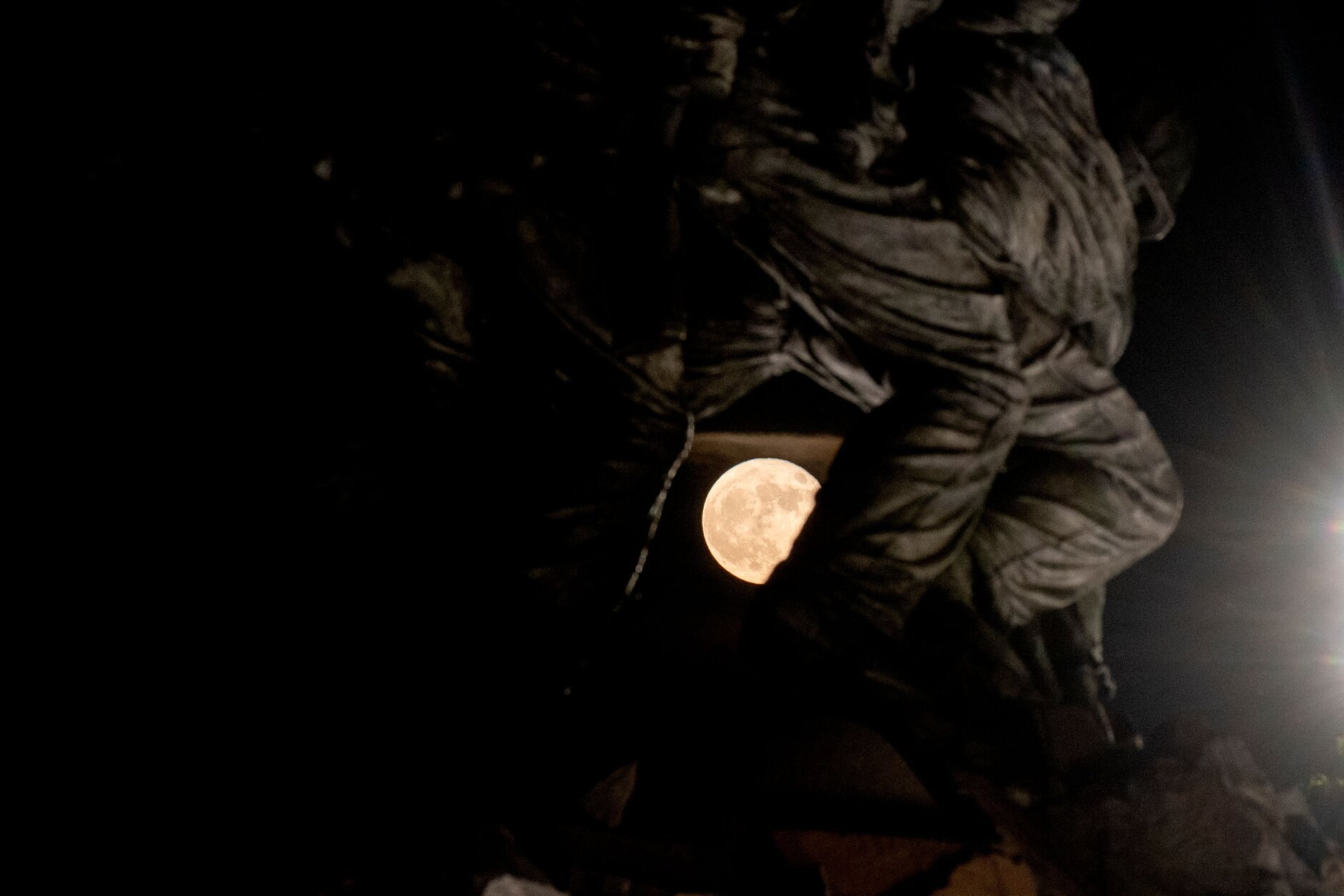
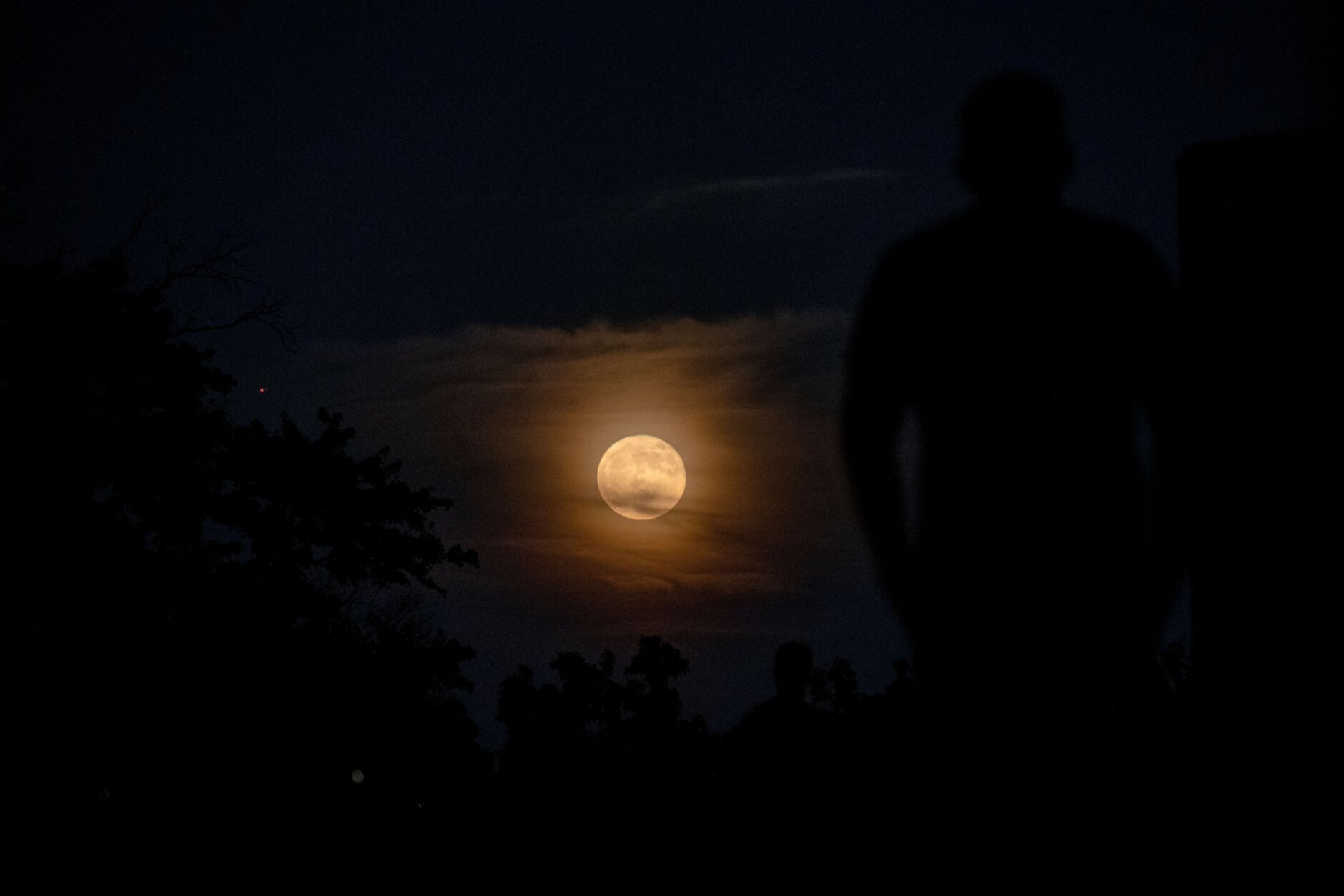
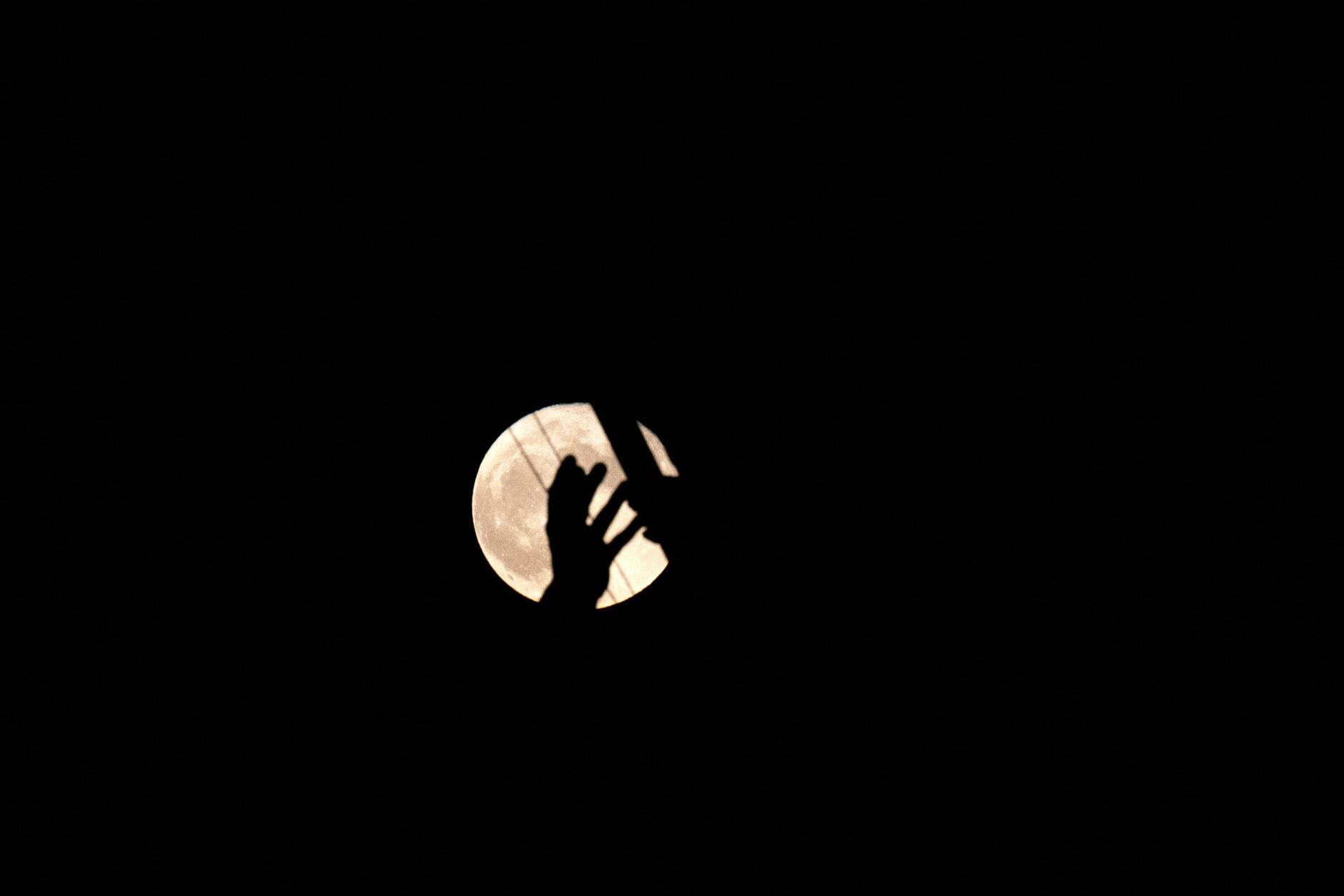
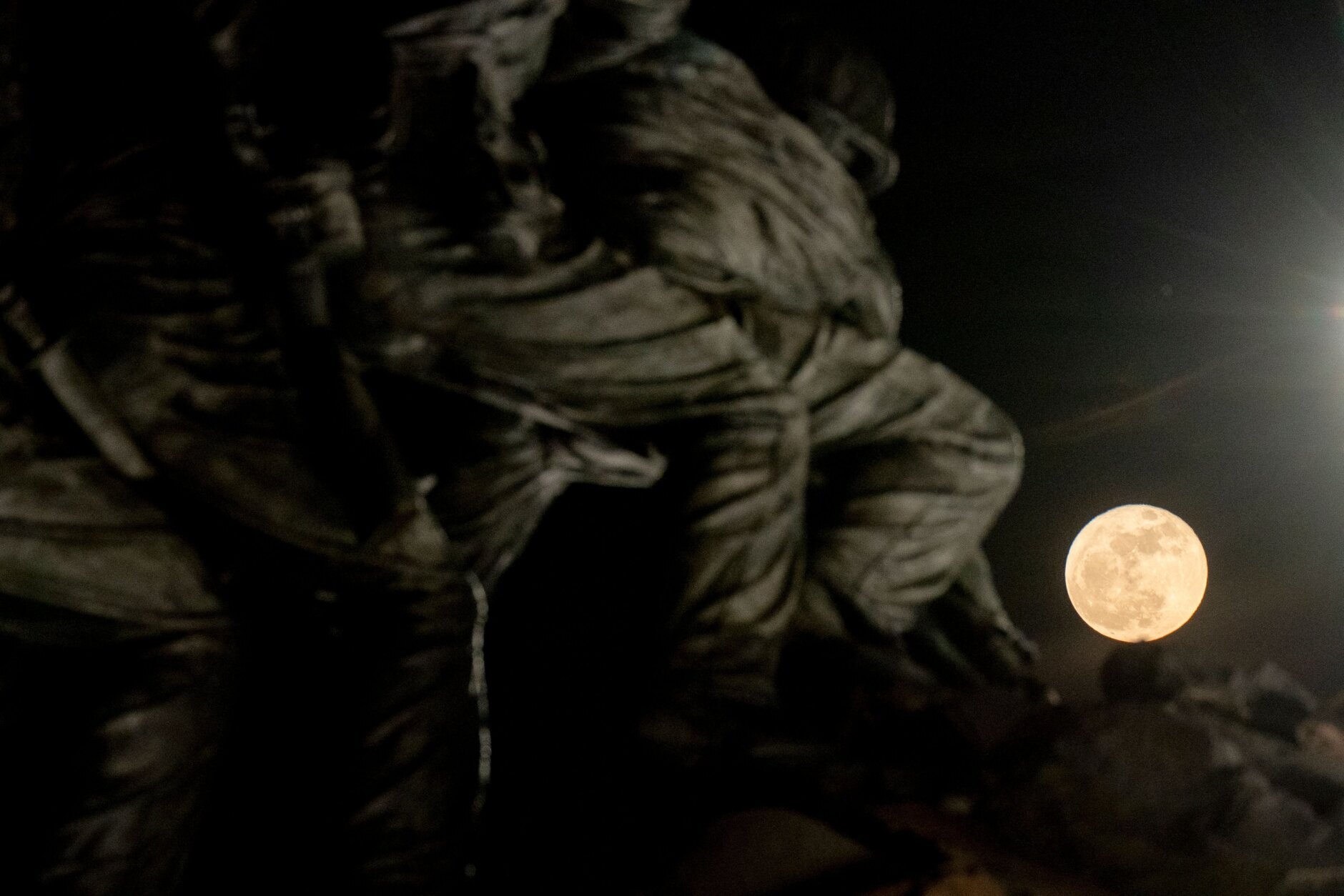
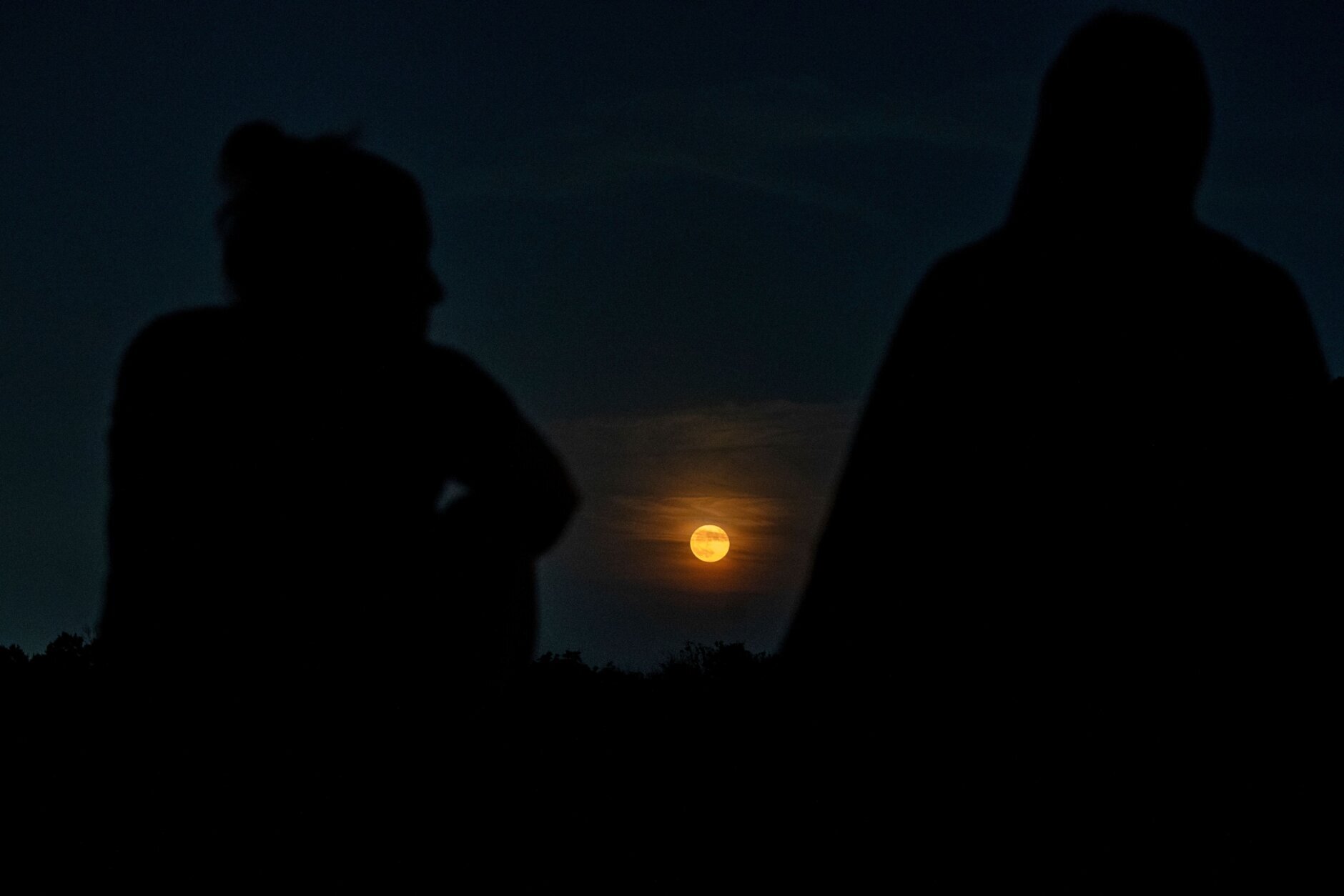
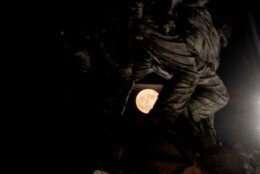
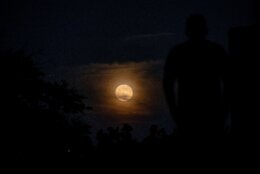
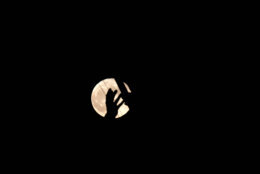

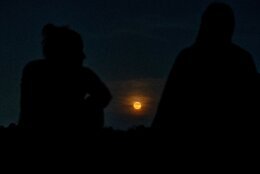
This Saturday make sure you get out and enjoy the Annual Astronomy Festival on the National Mall in D.C., which will be held from 6 to 11 p.m. on 7th and 9th streets in front of the Hirshhorn Museum and Sculpture Garden. Telescopes will be available to look at the sun, moon and other astronomical objects. Many amateur and professional astronomy groups will be there. The event is free.
On June 22, the Smithsonian, in association with the Annual Astronomy Festival, is hosting Solstice Saturday.
Come up to Shenandoah National Park this summer for a variety of astronomy related events, including some by yours truly. If you want to see dark skies and the Milky Way, SNP is the place to be.
Follow Greg Redfern on Facebook, X and his daily blog to keep up with the latest news in astronomy and space exploration.
Get breaking news and daily headlines delivered to your email inbox by signing up here.
© 2024 WTOP. All Rights Reserved. This website is not intended for users located within the European Economic Area.







